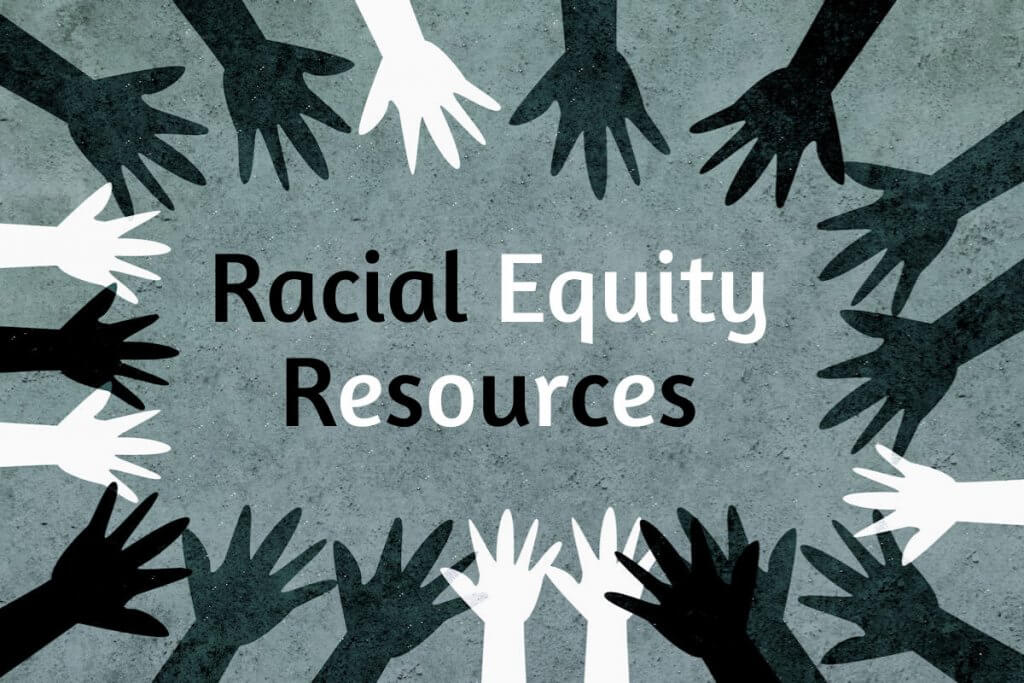
13 Feb Equity in Grants Series: Building Your Toolbox by Kellie Brungard, GPC
Every February, the U.S. honors the cultural heritage, adversities, and African American leaders and movements that have shaped the nation. President Gerald R. Ford officially recognized Black History Month in 1976, calling the nation to “seize the opportunity to honor the too-often neglected accomplishments of Black Americans in every area of endeavor throughout our history,” History.com reports. As part of a series throughout Black History Month, Assel Grant Services will provide various resources on racial equity to help grant professionals become better equipped to guide their organizations towards more equitable services, find funding, and better articulate into grant proposals the Diversity, Equity, and Inclusion (DEI) work their organizations are already doing. Topics include writing with an equity lens, resources for your toolbox, measuring progress, and funding opportunities.
In this blog, we will dig deeper into the various resources available to help you build your own toolbox of racial equity assessments and information. These tools will enhance your DEI knowledge and how it relates to your organization and community served.
Resources for Addressing Racial Equity:
The Greater Kansas City Coalition to End Homelessness compiled an extensive list of resources for advancing racial equity, including items such as a self-assessment to identify organizational need and capacity for equity work, a detailed work plan, toolkits, and resource pages for more learning. Check with your local coalitions, healthcare organizations, and community foundations for resources specific to the community you serve. Many healthcare organizations and United Way chapters lead periodic needs assessments. Gathering data and understanding the needs within the community give the context needed to think critically about the systems involved, using the racial equity lens discussed last week. As a grant professional, you can encourage leadership to complete the assessments and create an action plan; talk with direct service staff about needs assessment results and how they may parallel with clients; or begin incorporating language into applications.
Check with federal departments that relate to the need you serve to identify priority areas and how it’s being addressed on a larger level. The Health Resources and Services Administration (HRSA) published a Health Equity Report, which captures a wide range of health indicators that will measure progress and highlight areas for growth in health equity. The Department of Housing and Urban Development’s Equity Action Plan focuses on racial discrimination in housing and homeownership as well as homelessness assistance. The Department of Education’s equity plan prioritizes closing the gaps created by the pandemic among other initiatives.
The Grant Professionals Association (GPA) has a variety of webinars, strategy papers, and journals focused on racial equity work for the grant professional. Some highlights include:
- Brittany Alexander, GPC’s Strategic Pivot to Diversity, Equity and Inclusion: Crafting a Competitive Grant Application;
- Andrea Bedenbaugh, MBA, GPC’s DEI and its Role in Transformational Grant Writing; and
- A webinar on Developing Strategic Partnerships with Diverse Partners to Better Serve Everyone
GrantZone is GPA’s member community, where you can follow topics, join discussions, and ask challenging questions. The Diversity, Equity, and Inclusion community in GrantZone is open to all members and has several ongoing conversations and educational opportunities posted within.
Grant Pro Tip: I like to bookmark some of the most impactful resources under a “Racial Equity” folder on my browser for quick reference later.
If you found this helpful, check out the rest of our series this month for tools, resources, and funding opportunities to support racial equity in our communities. If you are interested in learning more about AGS services, Julie Assel, CGMS, GPC, President/CEO, will be happy to talk with you about this opportunity and provide you with a quote for grant services.
This BLOG is aligned with the Grant Professional Certification Institute’s Competencies and Skills
Competency #7: Knowledge of practices and services that raise the level of professionalism of grant developers
Skill 7.3: Identify strategies that grant developers use in building social capital to benefit their communities and society at large
